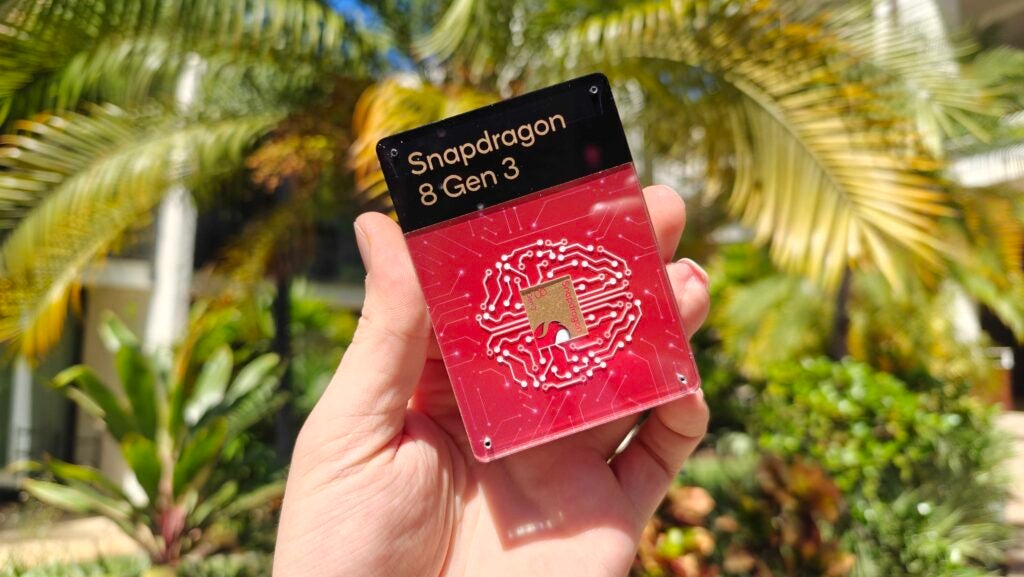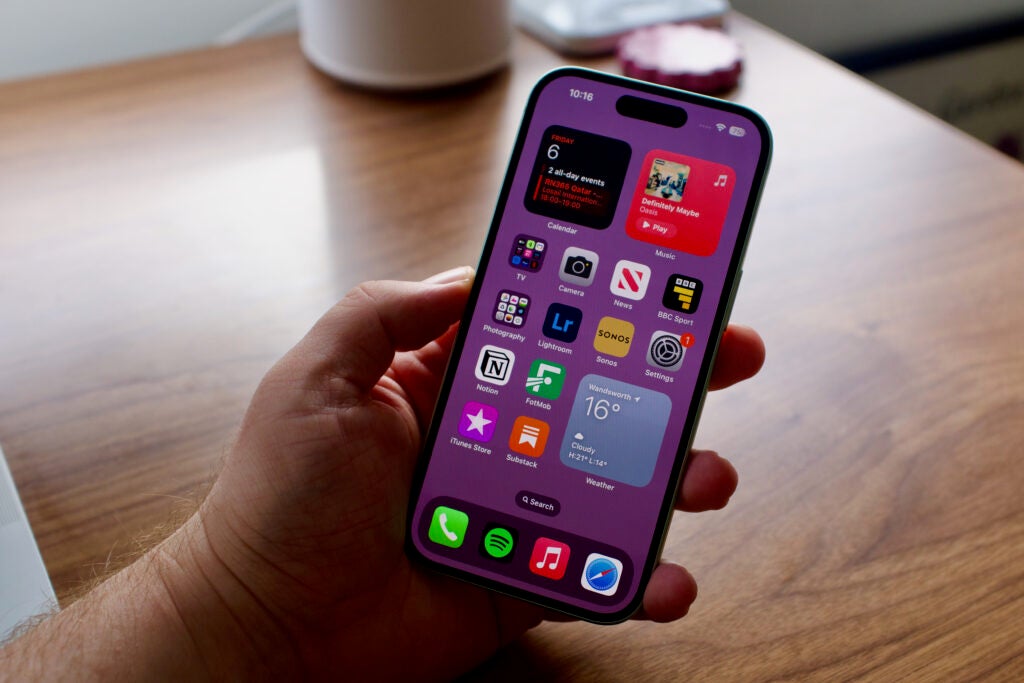Lewis Painter
2024-09-21 04:30:00
www.trustedreviews.com
OPINION: The OnePlus 13 has appeared in Geekbench 6 result listings, complete with the yet-unreleased Snapdragon 8 Gen 4, and it looks like it’s an absolute powerhouse of processing power that could finally bring the fight to Apple’s A-series chipsets.
While the Snapdragon 8 Gen 3 delivers the best performance possible on Android smartphones, with the likes of the Samsung Galaxy S24 Ultra achieving scores of 6853 in Geekbench 6’s multi-core CPU test, Apple’s chipsets – like the A17 Pro and newly released A18 Pro – lead the pack.
Take last year’s A17 Pro, for example. It launched just a month before the Snapdragon 8 Gen 3, appearing on the iPhone 15 Pro and delivered scores of 7149 in that same Geekbench 6 multi-core test, and we’re expecting even better scores from the iPhone 16 Pro and its A18 Pro – but I’m yet to benchmark the smartphone, so I can’t say for sure.
But, things could be about to change with the Snapdragon 8 Gen 4. Qualcomm has already confirmed that we’ll be seeing the chipset at this year’s Snapdragon Summit, due to once again take place in October, and teased at last year’s event that it’d sport the same Oryon CPU architecture as the Snapdragon X Elite chipset. Considering just how powerful Qualcomm’s laptop chipset is, it was an exciting prospect indeed.

And, it looks like it’s not just a bunch of hot air either, with what’s claimed to be the OnePlus 13 appearing on Geekbench 6 (its name is OnePlus PJZ110 on the listing), complete with the Snapdragon 8 Gen 4 and 16GB of RAM. What’s remarkable, however, is the score itself, boasting a single-core score of 3216 and a multi-core score of 10,051.
Compared to the Snapdragon 8 Gen 3’s best-performing smartphone in our benchmark testing, the RedMagic 9S Pro, that represents a boost of just over 3000 points. That’s more in line with Apple’s desktop-class M2 chipset, with the iPad Air (2024) scoring 10,023 in the same test.
Now, there’s a chance that these numbers are either misrepresented or plain wrong because the clock rates of 3.53GHz and 4.32GHz are extremely high and would likely make the phone overheat pretty quickly, but it’s also possible that the new Oryon CPU architecture simply allows for such impressive performance.


If it is true, it could signal the first time that Qualcomm chipsets outclass competing mobile chipsets from Apple, and it could force Apple to begin adoption of its previously Mac- and iPad-exclusive M-series chipset within its iPhone range – but that’s just pure speculation for now.
In real terms, it could allow game developers to bring previously console-exclusive titles to Android, much like what happened with the iPhone with the introduction of last year’s A17 Pro. If your iPhone is powerful enough, you can play games like Resident Evil Village straight from your iPhone.
If that game availability was combined with the gaming-focused features from the likes of RedMagic and Asus, it could make for the ultimate gaming phone.
We’ll have to wait and see for now, but with the Snapdragon 8 Gen 4 and OnePlus 13 both aiming for an October release (the latter is China-only for now, sadly), we don’t have that long to find out.
Support Techcratic
If you find value in Techcratic’s insights and articles, consider supporting us with Bitcoin. Your support helps me, as a solo operator, continue delivering high-quality content while managing all the technical aspects, from server maintenance to blog writing, future updates, and improvements. Support Innovation! Thank you.
Bitcoin Address:
bc1qlszw7elx2qahjwvaryh0tkgg8y68enw30gpvge
Please verify this address before sending funds.
Bitcoin QR Code
Simply scan the QR code below to support Techcratic.

Please read the Privacy and Security Disclaimer on how Techcratic handles your support.
Disclaimer: As an Amazon Associate, Techcratic may earn from qualifying purchases.

































































![Lost Lands 8: Sand Captivity CE [01] Let's Play walkthrough – START – Part 1](https://techcratic.com/wp-content/uploads/2024/09/1727638323_maxresdefault-75x75.jpg)


